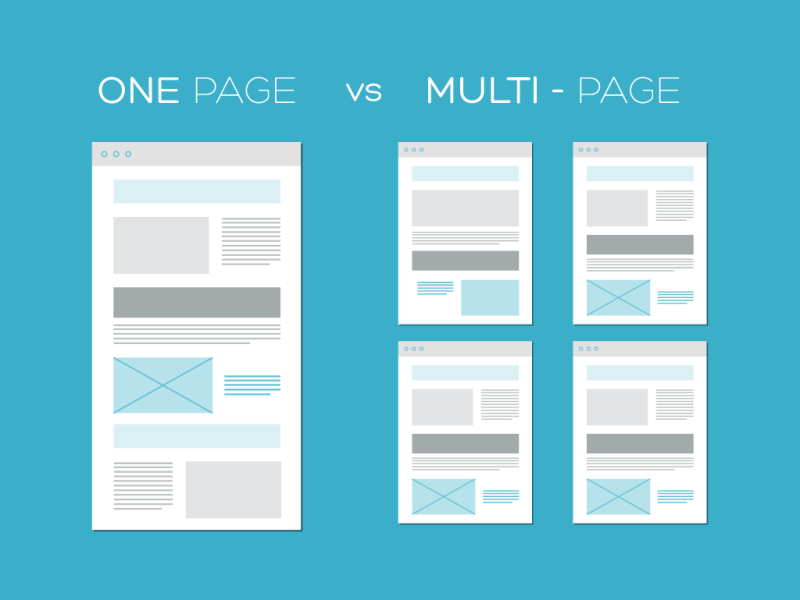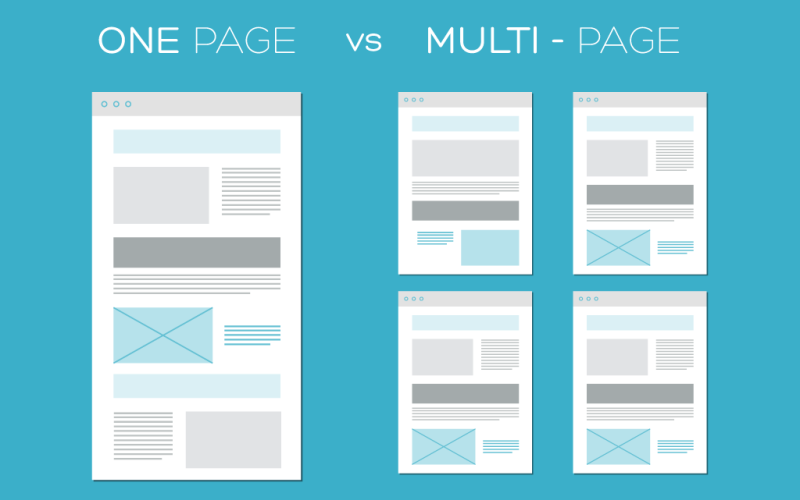If you have a product or a service website which is a single page, then you might have a question about the SEO of limited content.
We at SeoEaze often get this query from clients. More or less, it’s like:
From a purely SEO perspective, what do you suggest, single product page or multipage design? Should we combine all the product information like specifications in a single page or put them into different tabs with distinct URLs?
It’s a great question, and in this article, we are going to answer it in a generalised fashion as possible because we are not aware of your specific website.
The quick answer is the single page for information about the product. This is because the content makes it easier for Google to find and crawl the information.
That being said, the answer makes it simpler than it should be. Whether you must have a single page or multi-page product sites entirely depends on your situation.
Suppose your product page has hundreds of reviews from customers. If these reviews have images and videos as well, all this content will add weight to your page, ultimately negatively affecting its crawl budget.
If your product website has a similar situation that we strongly recommend that you split things up. This will help you to make pages light weighted which is a requirement.
Again, this was right for this client in particular and is not suitable for everyone.

How to know which is the right approach?
Before you can decide whether a one-page design or a multi-page approach will be suitable, you can start with listing out all types of variants, folders and alternative URLs.
Now decide why or why not each variant deserves its unique URL, folder or parameter. And while you are doing it, be aware of the inherent value of doing it. For example:
If the product has massive search volume for reviews, then a dedicated review page is the best way to give shoppers the information they are looking for.
Evaluate if there is any value for end-user from dedicated URL, folder or variant. Let us explain it to you. Suppose a product variation like a specific size or color draws heavy traffic. This is why you need to evaluate the color variations, sizes, reviews and specification
The rule of thumb here is that if the new page offers a unique experience and there is enough difference from the product page, then a new URL can be created.
But if the single product page itself is the best experience, then keeping a single page URL is appropriate.
The problem with creating new pages is that excess pages and variants can start eating up your crawl budget, this can lead to a problem in the future.
In our experience, a single URL is normally better as there is less room for error and easier to maintain.
We hope we hope this information helps, just evaluate the right way to do it.

